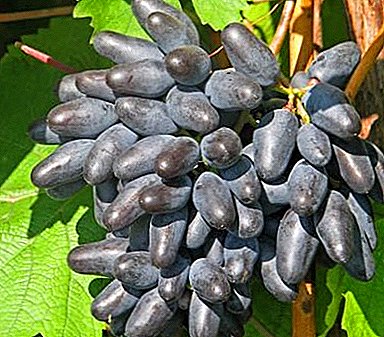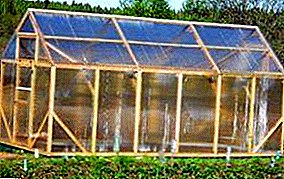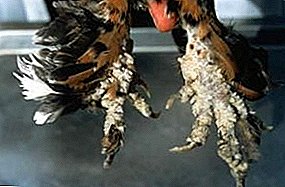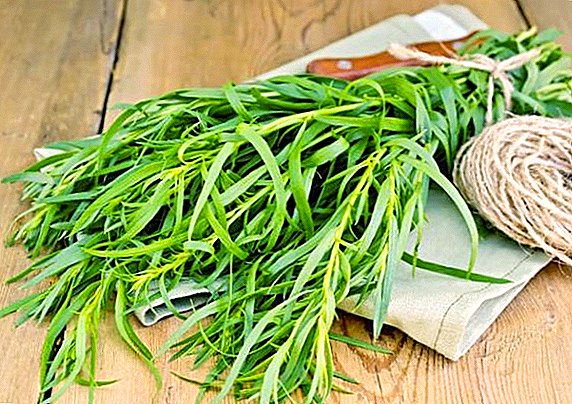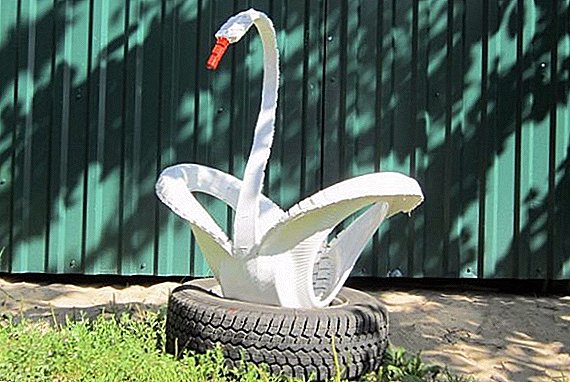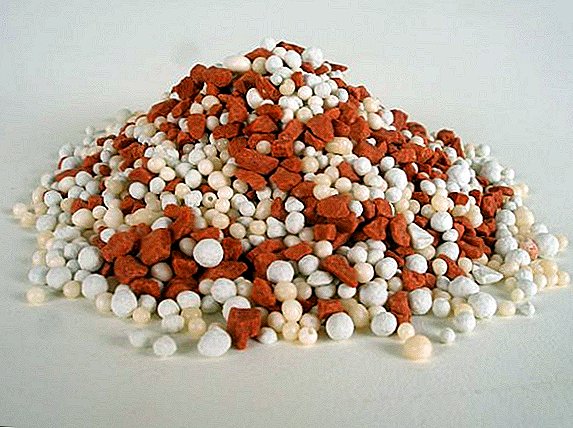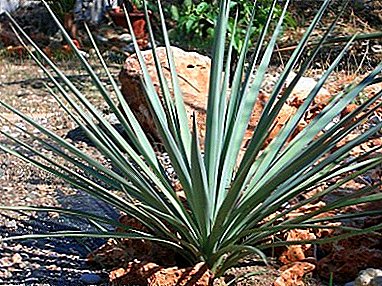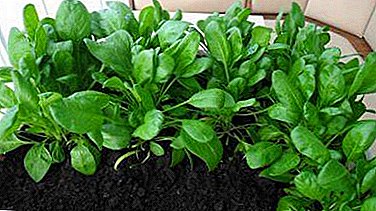
Spinach is considered one of the most useful plants. It contains a lot of useful substances, and to grow it yourself is not so difficult.
After all, everyone wants to please themselves and their loved ones not only delicious, but also healthy food. Of all garden vegetables, spinach, in protein content, gives way only to green peas and young green bean pods. Green soups, mashed potatoes, salads and side dishes are made from it, added to patties, scrambled eggs, cottage cheese and many other dishes.
What it is?
Spinach Matador is an annual crop. Treats relatives of beet and family of Amaranths. The plant is resistant to cold, winters calmly under the snow. This type of spinach has large, oval-shaped dark green leaves located in a compact rosette. The ripening period is about 40-50 days.
Homeland spinach is the Middle East and Central Asia. On the Great Silk Road, the culture came to China, and the Knights-Crusaders brought the plant to Europe. Spinach was widely used in Catherine de Medici in Western Europe. But in the Russian Empire, spinach initially got acclimatized poorly: the peasants simply did not understand what to do with it. But after research, when it became known about the benefits of spinach, it became widespread around the world.
The variety “Matador” appeared thanks to the breeders of the Czech Republic, and today this variety is one of the most popular in Russia.
A photo
You will see in the photo what this spinach looks like:





Useful properties and chemical composition
Spinach is considered a very useful vegetable according to scientists around the world. It is especially recommended for children and pregnant women. But anyone who cares about health can benefit from this plant:
- spinach not only saturates the body with useful substances, but also removes slags;
- strengthens the walls of blood vessels;
- improves the condition of teeth and gums;
- serves as an excellent prevention of tumors and anemia.
This plant contains a huge amount of iodine, necessary for the good functioning of the thyroid gland. Chemical composition of Spinach Matador (as a percentage of the daily norm):
- C - 61%.
- K - 40.2%.
- A - 83.3%.
- E - 16.7%.
- B9 - 20%.
- Beta-carotene - 90%.
- Potassium - 31%.
- Calcium - 10.6%.
- Phosphorus - 10.4%.
- Magnesium - 20.5%.
- Sodium - 24%.
- Iron - 75.1%.
- Manganese - 44.9%.
Attention: Spinach has a low calorie content - only 22 calories per 100 g, but it also contains a lot of protein, so dishes with it will be nourishing and dietary.
Contraindications
But despite the invaluable benefits of the plant, there are a number of contraindications for its use:
- increased acidity of the stomach and ulcers;
- increased blood clotting;
- vitamin C allergy;
- antibiotic treatment.
Application
 Spinach is used in the preparation of cold and hot dishes, salads, frosts, as well as in cosmetology. Only rosette leaves are used for food.
Spinach is used in the preparation of cold and hot dishes, salads, frosts, as well as in cosmetology. Only rosette leaves are used for food.
There are many dishes in which you can use spinach:
- in conservation;
- in frosts;
- in soups (spinach cream soup is popular);
- in sauces;
- even in Medieval Europe bread with spinach was widespread;
- in salads.
Important: The Matador variety retains its healthy properties only fresh. “Matador” differs from other varieties of spinach with a more delicate flavor, its leaves are more juicy, therefore it cannot be stored for a long time.
How to care?
This variety is resistant to cold temperatures, it can even withstand frosts, but is very picky about watering: you should not allow the soil to dry out under the plant, otherwise it will be broken. But excessive humidity can lead to rotting of the root system.
Also important is the quality of the soil:
- The variety prefers well-drained loam and sandy loam.
- The site should be protected from drafts, as well as well lit.
- The acidity of the soil should be neutral or slightly shifted to the alkaline side.
- Excessive acidity will destroy the plant. During watering it is worth using top dressing, and after loosening the soil.
Top dressings use mineral, but it is better not to abuse nitrogen. Planting must be thinned: between shoots there must be a distance of at least 10 cm. It is also necessary to monitor the condition of the beds so that weeds do not suppress the growth of spinach.
Outdoor cultivation methods
Planting on open ground is carried out in two ways: seedlings and seeds.
Seeds
 Spinach seeds poorly absorb moisture, so they are soaked in warm water for two days.
Spinach seeds poorly absorb moisture, so they are soaked in warm water for two days.- After which they are dried and sown in the ground. If the soil on the site is heavy, the seeds are sown in ridges; in other cases, in rows.
- Planted seeds to a depth of about 2 cm, between the rows leave a distance of about 30 cm.
- Further, the grooves can be filled with soil.
- Ramming and irrigation.
The first shoots will appear in two weeks.
Seedling
- In late March-early April, seeds are sown in boxes or plastic cups.
- Seeds are buried by about 1 cm.
- Then the soil is slightly compacted to make it easier for the shoots to take root.
- After this, the containers are covered with a transparent film or glass and put in a warm place.
- After the first shoots appear, the film or glass is removed, and the containers are placed on a well-lit window sill.
- In open ground, the seeds are planted when the soil warms up, and the air temperature is 15-18 degrees, and covered with agrofiber to protect from sudden changes in temperature.
Features of placing in the ground at home
- Before planting, seeds are soaked in warm water for two days, after which they can be sown in a box or container for seedlings to a depth of 1-2 cm.
- Then the container is covered with a film to achieve the greenhouse effect.
- After one or two weeks shoots appear, after which the film is removed.
- When the plants have 2-3 leaves, picks up. Before they are plentifully watered and carefully transplanted to a permanent place. Between the shoots leave 8-10 cm, compact the root part and watered abundantly.
Harvesting
Harvest can be collected when the plant will be 6-8 large leaves. Usually occurs after one and a half to two months after landing. The deadline for collection is the growth of peduncles, later the leaves will become bitter. Harvesting is done in different ways: mowing or cutting the leaves, tearing the plant up by the root is a matter of convenience.
Purchase of seeds or seedlings
The seeds of this type of spinach are presented by many producers in different price categories. On average, a bag of 2 grams of seeds in Moscow and St. Petersburg are purchased for 15-25 rubles. A kilogram of seedlings in retail networks costs around 1000 rubles.
When buying seedlings should pay attention to the leaflets: they should not be lethargic and faded.
Diseases and pests
- Viral mosaic is an incurable disease, so the affected plants can only be destroyed.
- Downy mildew appears from excess moisture.
Spray food planting pesticides can not be!
Because It is not recommended to use chemical preparations for the treatment of diseases, it is better to follow the agrotechnology and to remove plant residues in time. Root rot can be prevented by thinning and loosening the soil.
Spinach is rich in nutrients., and with the observance of simple rules of its cultivation, everyone can please themselves and their loved ones with many delicious and healthy dishes with spinach.


 Spinach seeds poorly absorb moisture, so they are soaked in warm water for two days.
Spinach seeds poorly absorb moisture, so they are soaked in warm water for two days.
